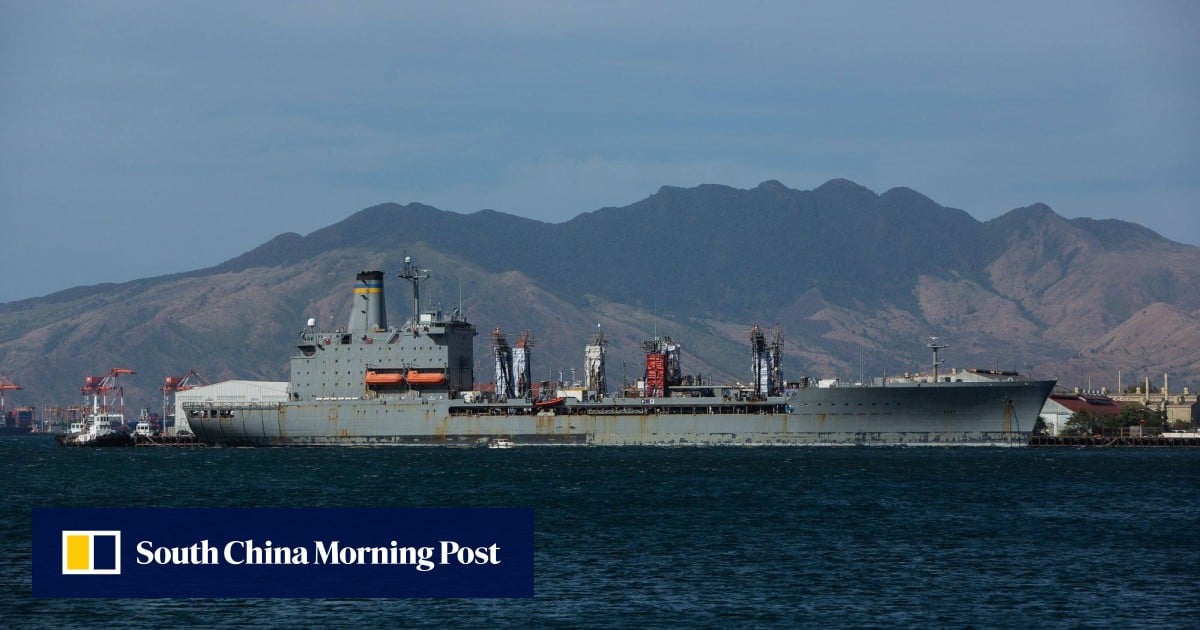A Philippine freight railway project may be built with the support of the US and Japan, an official in charge of it said, as Manila seeks alternative financing deals after dropping funding talks with China.
“Hopefully they take it and invest here,” Delfin Lorenzana, who chairs the Bases Conversion and Development Authority, said in an interview on Friday, referring to the US and Japan. The agency oversees the development of former military bases.
‘I felt hurt’: Philippine first lady breaks silence on ties with vice-president
‘I felt hurt’: Philippine first lady breaks silence on ties with vice-president
US President Joe Biden, Japan Prime Minister Fumio Kishida and Philippine President Ferdinand Marcos Jnr launched the Luzon Economic Corridor during their April 11 meeting and a trilateral event to promote investment in the project is being planned at the US-led Indo-Pacific Business Forum in Manila in May.
The Philippines said it hopes to generate around US$100 billion in investments in the next five to 10 years following the Washington summit.
The project aims to boost connectivity between Subic Bay and Clark, Manila, and Batangas province in the country’s main Luzon island and accelerate investments in infrastructure projects, including rail, ports, clean energy, semiconductor supply chains and agribusiness.
“We have not abandoned the Subic-Clark railway project,” Lorenzana said. A former defence secretary, Lorenzana said he is “more comfortable” if the US and Japan would take over the project.
“If not them, maybe South Korea, or other countries that are friendly to us,” he said. The government is also considering seeking funding from the World Bank and Asian Development Bank, he added.
Lorenzana said BCDA projects that may be included in the Luzon Economic Corridor include the construction of Clark International Airport’s second runway, seen to cost around US$174 million and a 64-hectare (158-acre) Clark National Food Terminal hub, which seeks to make the Southeast Asian nation a leading agricultural resource hub in the region. The food terminal is estimated to cost US$152 million.
Sinking of China-made ship for Philippines’ Balikatan drills ‘not intentional’
Sinking of China-made ship for Philippines’ Balikatan drills ‘not intentional’
Subic and Clark are “very strategic” locations that can host industries from logistics to manufacturing, he said.
“Subic is one of the few deepwater ports that can accommodate any size of vessel and it’s safe from typhoon while Clark has a huge space,” Lorenzana said. “And we have the ready manpower that can be trained to do the job.”


